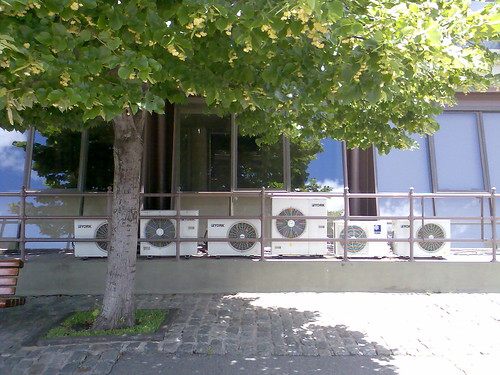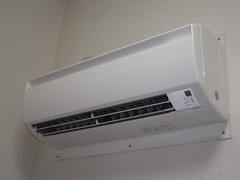Reading the draft State Coastal Planning Western Australia policy document it appears that the new policy for coastal planning in part seems to be based on some ‘convenient truths’ that support current government positions on coastal development.
Limits on Building Heights
The first anomaly in the new draft policy document for coastal planning Western Australia, compared with the old document is the conditions covering “the maximum heights adjacent to coastal boundaries of 5-storey maximum. This limit to be less where community support for lower height is evident.’
This limit has disappeared from the new document, leaving the question of height completely open to interpretation.
Ambiguity Leads to Misinterpretation
The correct interpretation simply did not happen with Cottesloe Beach LPS3 proposed planning scheme. This omission to references to height limits appears to conveniently suit the current government’s stance.
Height Limits for Coastal Planning Western Australia
If credibility is to be achieved with this document height limits based on objective criteria must be clearly defined in scientific terms. The final writing of the Coastal Planning Western Australia policy document represents a unique chance to protect our coastal environments for generations and reflect great credit on the Barnett Government.










